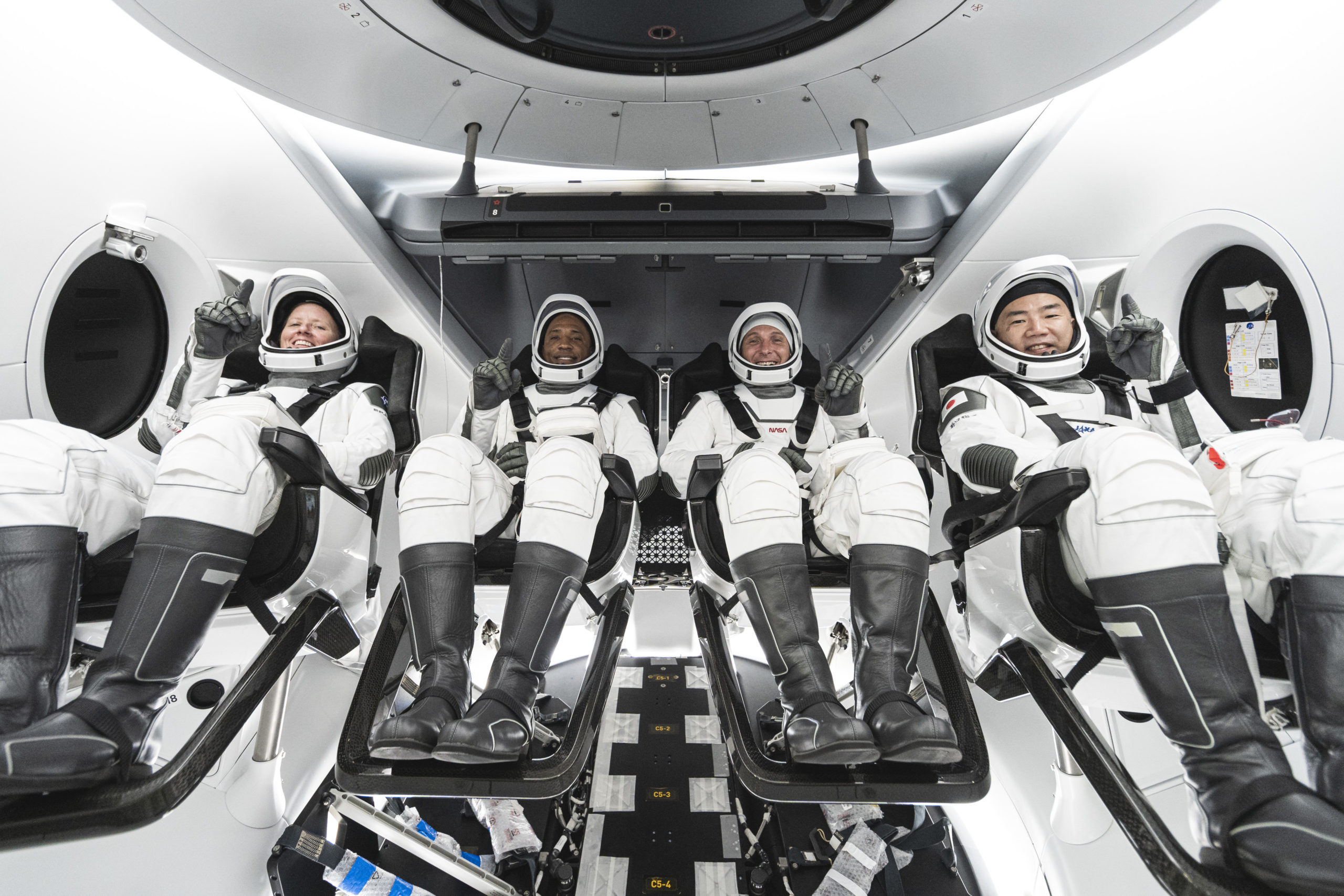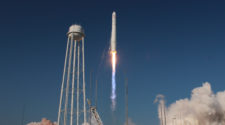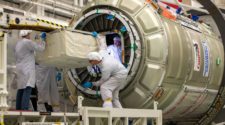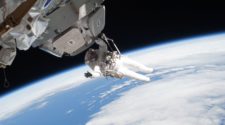
NASA is targeting no earlier than Oct. 23 for the first operational flight of the commercial SpaceX Crew Dragon spacecraft with astronauts launched by a Falcon 9 rocket to the International Space Station as part of the agency’s Commercial Crew Program – following the recent conclusion of the historic Demo-2 test flight to the station by NASA astronauts Bob Behnken and Doug Hurley this month that ended with the first splashdown in 45 years.
The next astronaut mission dubbed Crew-1 marks the first of regular rotational missions to the ISS by the SpaceX Crew Dragon – and follows only after NASA officially completes the certification process to ensure the spaceship is truly ready for human spaceflight.
Previously NASA had indicated Crew-1 could launch as soon as late September, but it has now been postponed due to a high volume of visiting vehicle traffic spacecraft including cargo and Soyuz crew rotation spacecraft.
“NEWS: @NASA & @SpaceX are targeting no earlier than Oct. 23 for Crew Dragon’s first operational mission to the @Space_Station with @Astro_illini, @VicGlover, Shannon Walker and @Astro_Soichi, pending certification following a successful Demo-2 test flight,” NASA Administrator Jim Bridenstine tweeted.
NEWS: @NASA & @SpaceX are targeting no earlier than Oct. 23 for Crew Dragon’s first operational mission to the @Space_Station with @Astro_illini, @VicGlover, Shannon Walker and @Astro_Soichi, pending certification following a successful Demo-2 test flight. https://t.co/saubpEc2Ms pic.twitter.com/Ug3LyyhTdF
— Jim Bridenstine (@JimBridenstine) August 14, 2020
The Crew-1 mission includes a team of four astronauts – double that of Demo-2 – and will include the first woman and first international partner astronaut. The crew is comprised of Crew Dragon commander Michael Hopkins, pilot Victor Glover, and mission specialist Shannon Walker, all of NASA, along with Japan Aerospace Exploration Agency (JAXA) mission specialist Soichi Noguchi.
All are spaceflight veterans, except for Glover who is on his rookie mission. The foursome is set to launch before dawn atop a SpaceX Falcon 9 rocket from Launch Complex 39A at NASA’s Kennedy Space Center in Florida.
The crew members will stay aboard the orbiting laboratory complex for the normal science mission increment length of six months – triple that of the two months of Demo-2 which was extended from its original duration of roughly two weeks.
The four astronauts have been training for this specific mission for months.
The four members of Crew-1 undergo MRAP launch pad evacuation training ahead of their launch, now planned for NET October 23 at 6am. pic.twitter.com/jUIomJ6VIA
— Ben Cooper (@LaunchPhoto) August 14, 2020
More photos of Crew-1 undergoing water egress training ahead of their launch, now planned for NET October 23 at 6am. pic.twitter.com/D7tiveNdui
— Ben Cooper (@LaunchPhoto) August 14, 2020
The Crew-1 mission will also take place just before the 20th anniversary of human occupancy of the ISS.
“For almost 20 years, humans have continuously lived and worked aboard the International Space Station, advancing scientific knowledge and demonstrating new technologies that enable us to prepare for human exploration to the Moon and Mars.”
SpaceX has a contract with NASA for at least six operational crew rotation missions under the Commercial Crew Program.
Before Crew-1 lifts off however Russia plans to launch the next Soyuz three-person crew on Oct. 14 from the Baikonur Cosmodrome in Kazakhstan.
The Soyuz MS-17 crew comprises NASA astronaut Kate Rubins and cosmonauts Sergey Ryzhikov and Sergey Kud-Sverchkov of the Russian space agency Roscosmos.
They will also stay aboard for six months and briefly join the current Expedition 63 crew of NASA astronaut Chris Cassidy and cosmonauts Anatoly Ivanishin and Ivan Vagner for a one-week handover before departing on Oct. 21 ahead of the Crew-1 arrival.
After Crew-1 arrives the long term resident station population will grow to 7 crewmates for the first time and enable a significant increase in scientific research activities
The launch timeframe also allows for a crew handover with NASA’s SpaceX Crew-2 mission next spring, says NASA.
Both crews will be onboard ISS for a few weeks as now expected. Along with one or two Soyuz crews
“The Crew-1 mission is pending completion of data reviews and certification following NASA’s SpaceX Demo-2 test flight, which successfully launched NASA astronauts Robert Behnken and Douglas Hurley to the International Space Station on May 30 and returned them safely home with a splashdown off the Florida coast in the Gulf of Mexico on Aug. 2.”

The final certification review process can now kick into high gear following the return of Crew Dragon Endeavour to the Space Coast region on Aug. 7 aboard recovery ship GO Navigator.
“NASA certification of SpaceX’s crew transportation system allows the agency to regularly fly astronauts to the space station, ending sole reliance on Russia for space station access,” says NASA.



